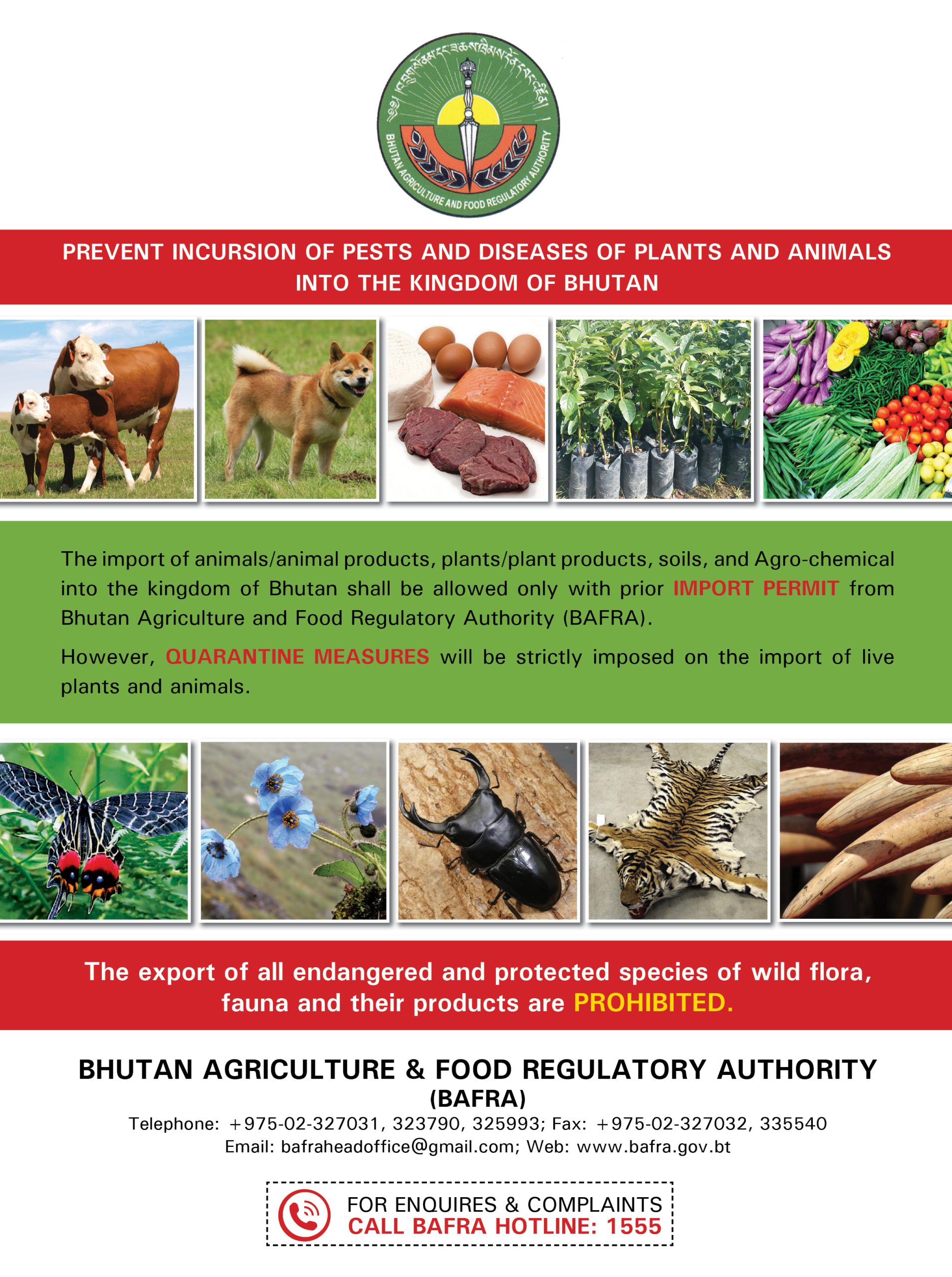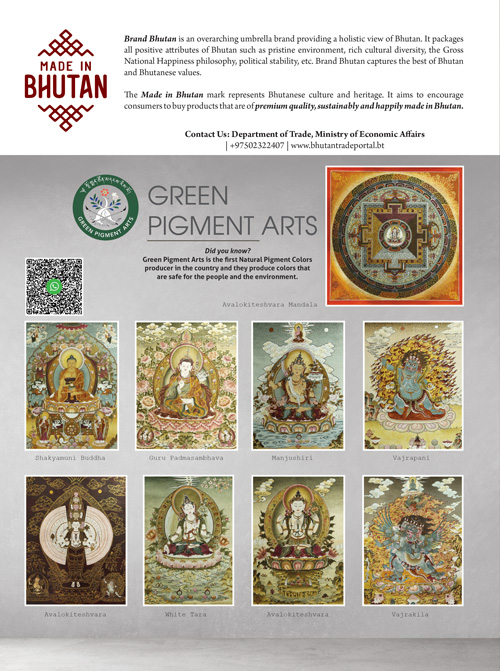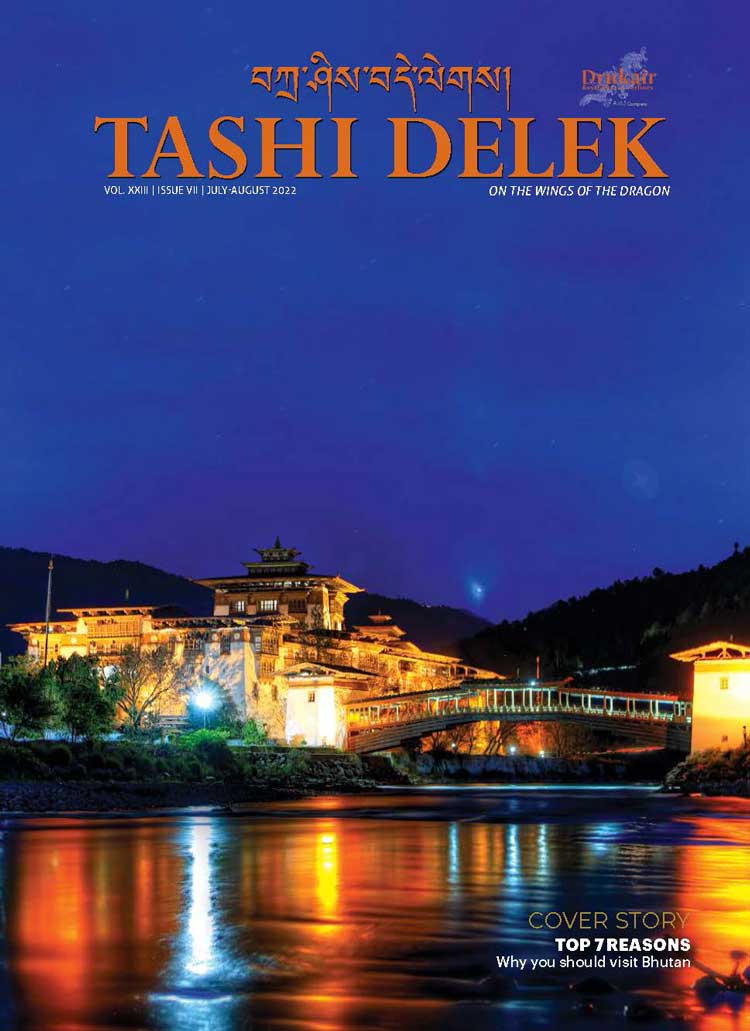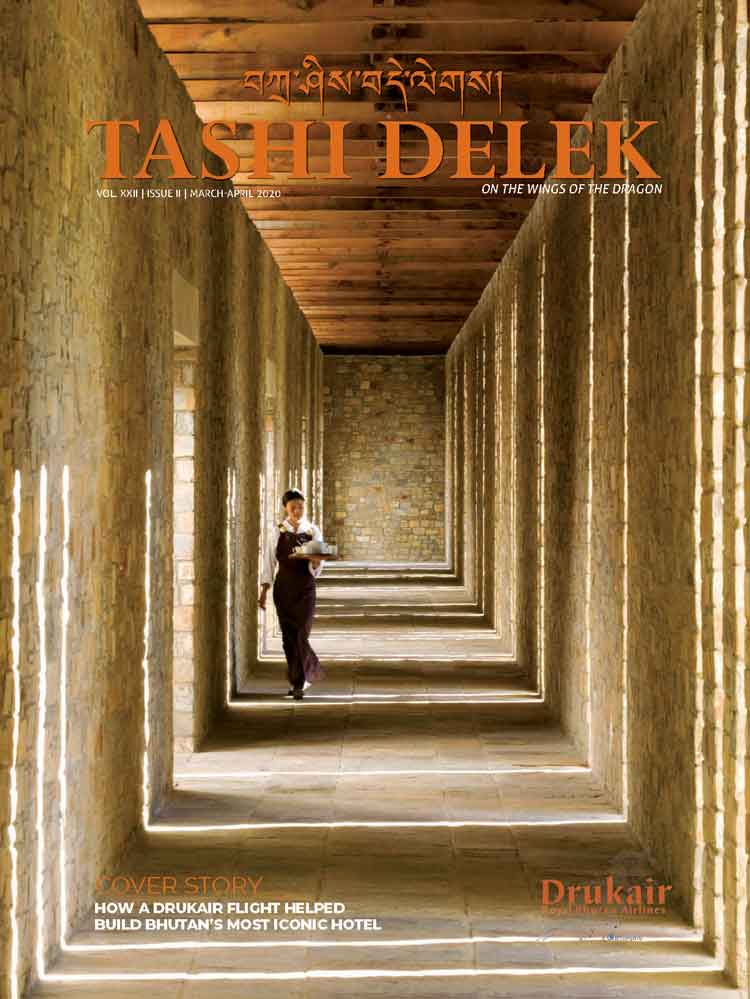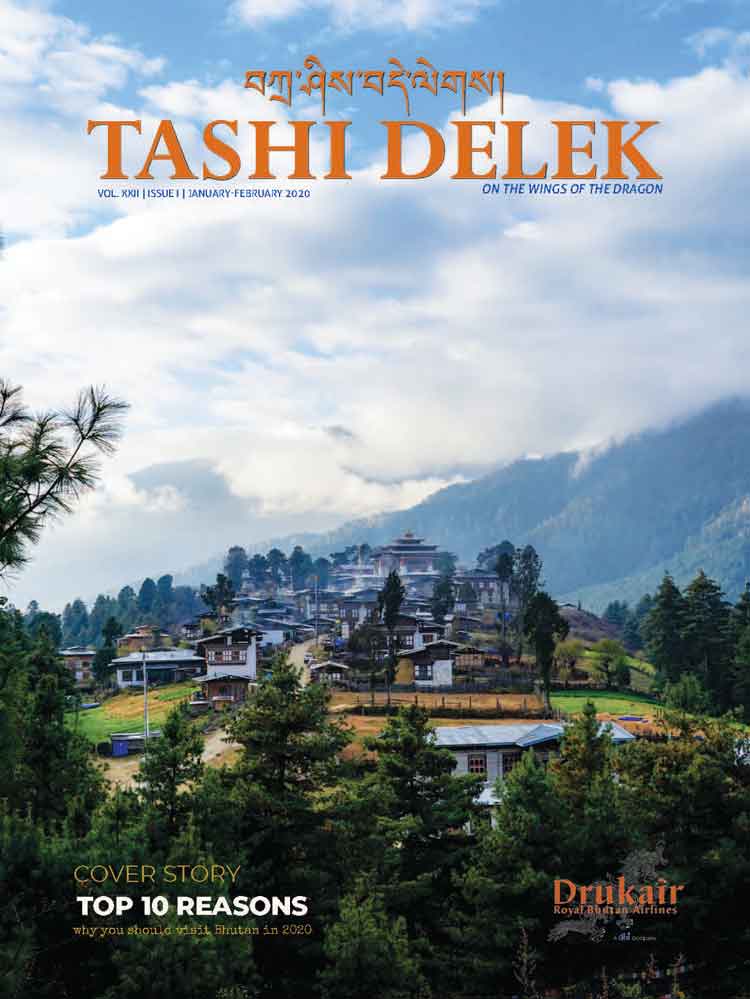Cordyceps, locally known as Yartsa Goenbub, which literally translates to ‘summer grass, winter worm’, is a rare species of parasitic fungus (mushroom) native to the high regions of the Himalayas in Bhutan, Nepal, Tibet and China. Known as a magic fungus for its numerous health benefits, Cordyceps is a high-value fungus, much in demand across the world.
- Cheki Dorji
- Dr. Ritu Verma
- Sonam Dema
Travel Guide Passang Tshering randomly picks seven places in Bhutan you must visit
local chanterelle mushroom
Juma (sausage) is a Bhutanese delicacy made using a spicy mixture of minced meat (beef or pork), animal blood,
Butterflies are not just some beautiful creatures or a delightful sight but they have a huge ecological value. They are also excellent indicators of environmental conditions. Experts say, when habitats are destroyed, butterflies are among the first species to disappear, often because their host plants disappear.
The word ‘ecotourism’ was coined in the 1980s. Conservationists often see ecotourism as a long-term strategy to help protect a natural area. They believe that if the local community can earn money from visiting tourists, they will have an economic incentive to protect the natural habitat rather than develop it for other economic uses. Ecotourism is also defined as the practice of touring natural habitats in a manner meant to minimize ecological impact. Butterfly tourism is considered a niche ecotourism attraction where they simulate the natural habitat of butterflies
- Sonam Dema
The word Tashi Gomang means “Stupa of Multiple Auspicious Doors”. In the Buddhist world, a Tashi Gomang is the Third of the Eight Stupas representing the eight important facets of Lord Buddha Shakyamuni’s life. This stupa commemorates Lord Buddha’s first teaching at Deer Park in Sarnath (Varanasi), India.
The Third Stupa of the Wheel of Dharma is known as a Tashi Gomang Stupa or Stupa of Many Doorways. It is also referred to as Kubum meaning ‘one hundred thousand holy images’. With a maximum of 108 doors, the doorways adorning the steps symbolize the opening of the doorways of the Dharma. These doors also signify that the teachings will spread far and wide.
There are no written records as such about the Tashi Gomang








